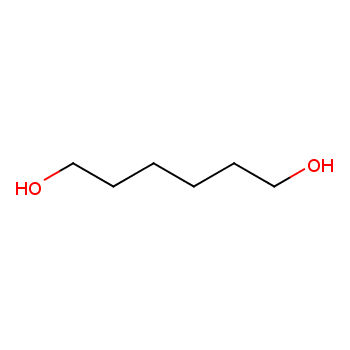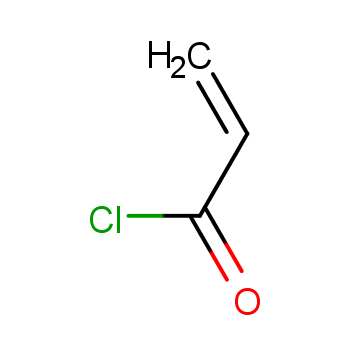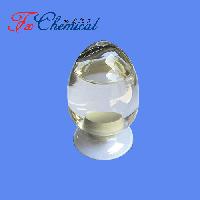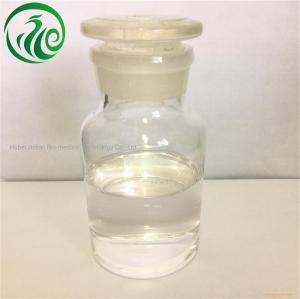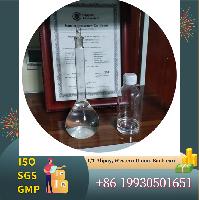Hexamethylene diacrylate (also known as hexanediol diacrylate) is a di-functional acrylic monomer that can be polymerized by free radicals. It is used in ultra violet (UV) and electron beam (EB) applications as a reactive component in formulating coatings and inks, furniture and floor coatings, coatings on plastic substrates, varnishes for packing items and more1. The hexamethylene diacrylate cross-linked polystyrene resin can be used for the solid phase synthesis of hydrophobic peptides2-3.
View more+
1. Names and Identifiers
2. Properties
3. Use and Manufacturing
4. Safety and Handling
5. MSDS
6. NMR Spectrum
7. Synthesis Route
8. Precursor and Product
9. Computed Properties
12. Related Questions
13. Realated Product Infomation

 EN
EN





